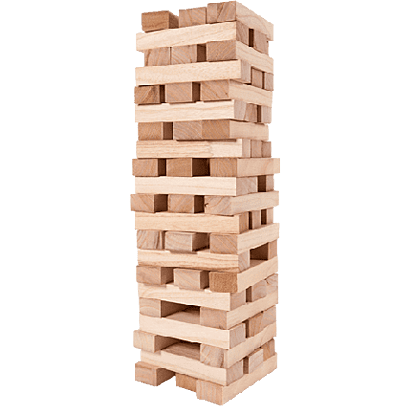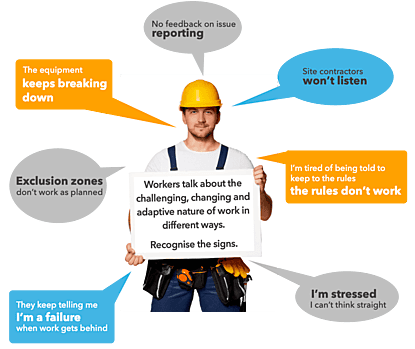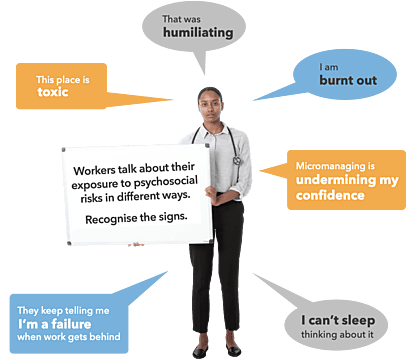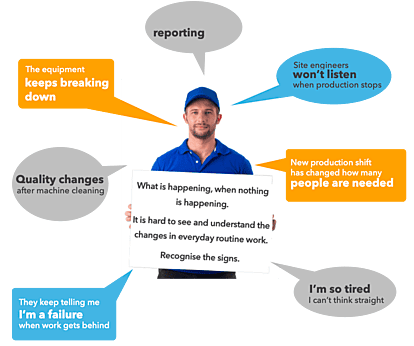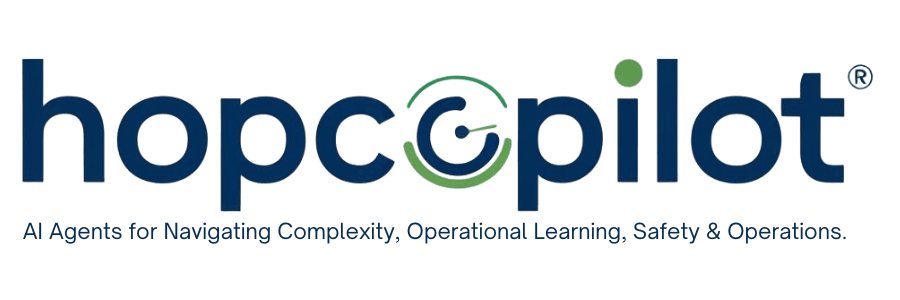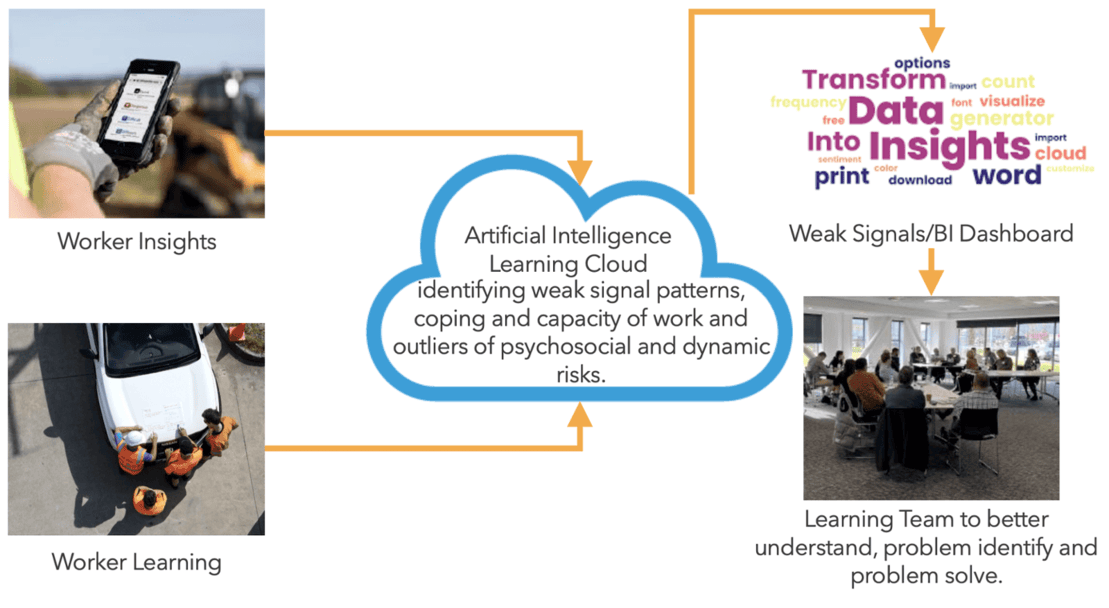Frontline worker insights come from
'What we say' and 'How we say it'.
Why should we learn from work?
Why should be learn from why work goes well?
- James Reason's *Organizational Accidents Revisited* discusses resident pathogens, which are latent organizational failures that can lead to major incidents if not recognized early.
- Sidney Dekker’s *Drift into Failure* highlights how gradual adaptations to constraints and pressures lead to normalizing risk over time, making it crucial to hear firsthand stories from frontline workers.
- Resilience Engineering by Hollnagel, Woods, and Leveson suggests that organizations must learn from everyday work, not just accidents.
Workers naturally adapt to complex environments, and their stories provide insights into how safety is actively created, rather than just how failures occur. By listening to stories about these conditions, organizations can uncover systemic inefficiencies, hidden frustrations, and risks that can harm workers physically (acture harm), harm to health (chronic harm) and psychological harm (mental harm),
Think of storytelling using the 4Ds and the 4Ls akin to a Humble Inquiry by Edgar Schein. Schien emphasizes that leaders must ask rather than tell, fostering an open environment where workers feel safe sharing their insights. When organizations listen to workers’ stories, they validate frontline experiences, reduce blame, and promote a learning culture.
Worker designed story capture and self guided workgroup facilitation.
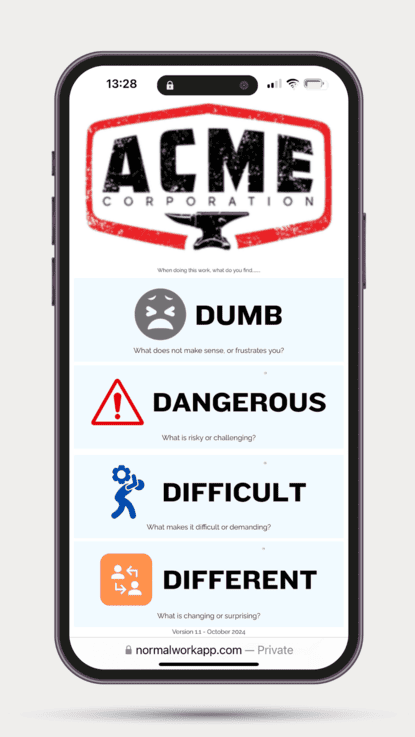
The 4Ds for Work Insights and Weak Signals
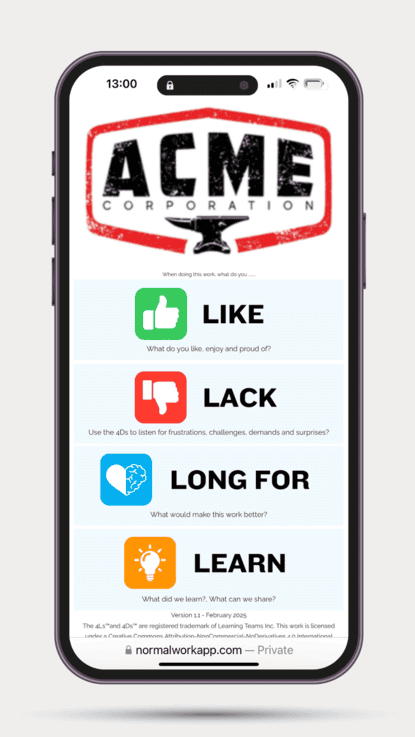
The 4Ls for Learning From Routine Work
Live dashboards providing better insights of everyday work.
Strengthening the signals
Context Metrics
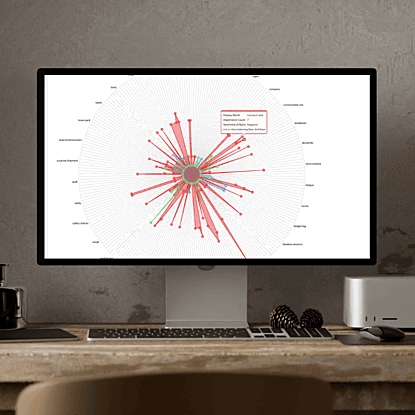
Workgroup and Enterprise AI Pattern and Trend Recognition
- Make sense of extracted key trends from worker stories.
- Identifying systemic weaknesses, analyze patterns in decision-making, including how workers, supervisors, and management influence safety and efficiency.
- Detect bottlenecks in information flow and areas where feedback loops may be broken.
- Identify workforce and process challenges.
- Highlight emerging trends & learning opportunities and suggest where learning teams could explore recurring system problems and identify improvements already made and gaps that still exist.
- Highlight opportunities for process standardization or reducing inefficiencies.
- Psychosocial Risk Evaluation based on workplace stressors, emotional and cognitive load on workers, potential harassment, bullying, or toxic culture and language used in stories to flag hidden mental health risks.
Learning happens across Workers, Workgroups and the Organization.
Organizational Learning
